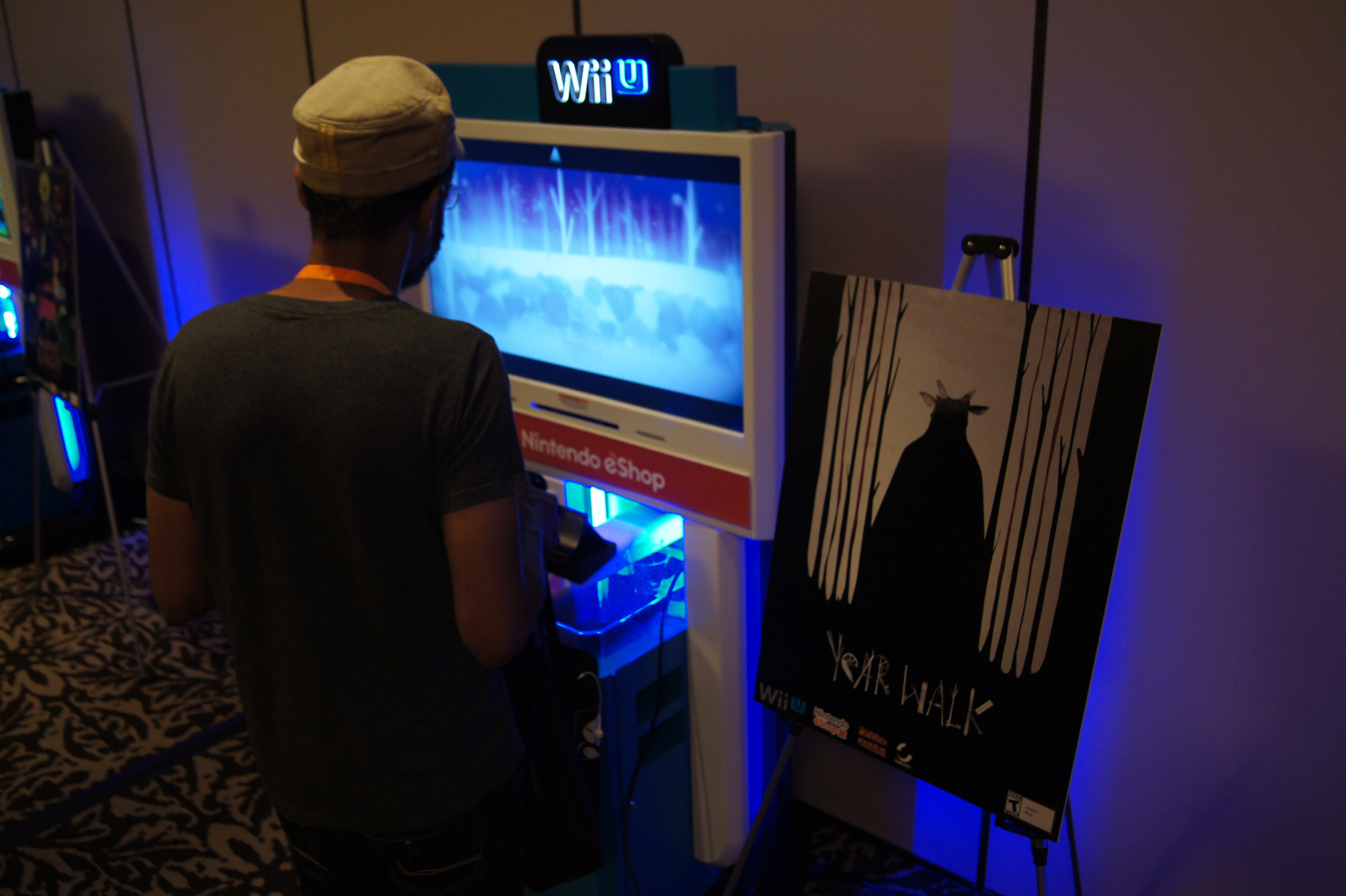

The narrative unfolds as the player solves a series of challenging puzzles and encounters various unearthly beings from Scandinavian folklore. Despite many warnings and other eerie signs, Daniel embarks on a ‘year walk’ in order to peer into his own future.

Players slip into the shoes of Daniel Svensson. Released back in early 2013, Year Walk immerses players in the beautiful and haunting forests of mythical Scandinavia. Though many games use sound as feedback to some degree, we’re going to look at Simogo‘s Year Walk, as it deftly integrates sound with its other design elements. Though there are many methods of providing such feedback to players, perhaps one of the most unobtrusive ways of doing so is by using sound.

It lets them know what they can and can’t do, as well as revealing which actions receive reward and which ones result in punishment. This constant feedback effectively guides players through the experience of play. One of the most important tasks for any game designer is establishing systems that provide players with both positive and negative feedback to their actions. This article is the first in a series on supporting sounds, taking a close look at how both music and audio can help designers make better games. There’s a lot more to appreciate in game audio beyond music however, with other aspects of sound content (such as speech, sound effects, ambient sound and interface audio) being powerful yet often overlooked tools for games designers. Many video games boast amazing soundtracks and gorgeous scores, leaving lasting impressions on players and musicians alike. Ashley Rezvani continues our Focus Series with a look at audio functioning as a game mechanic in Year Walk.


 0 kommentar(er)
0 kommentar(er)
